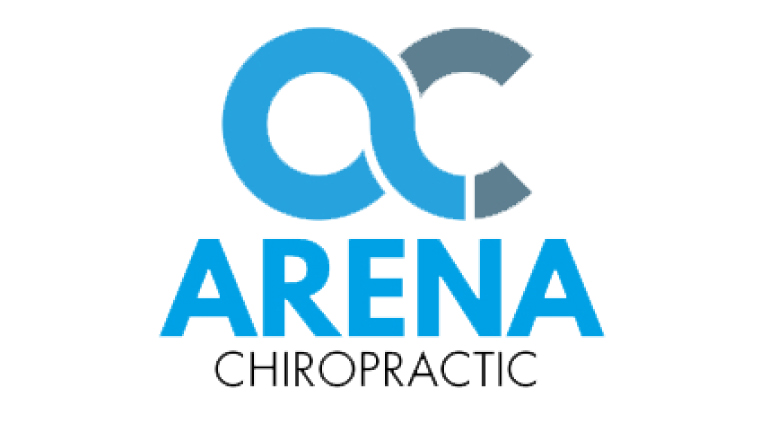All of us who’ve experienced a back injury of one sort or another have been told at some point to “avoid heavy lifting.” That type of advice appears to be a no-brainer or at least redundant, as no one whose back is hurting is going to try to pick up an air conditioner or even a 100-foot reel of garden hose. In this context, it’s important to remember the words of Shakespeare’s Cassius: “The fault, dear Brutus, is not in our stars, but in ourselves”. The problem isn’t the heavy lifting, as such. The real problem is in us, that is, in our overall level of conditioning or physical fitness.
Most back injuries don’t occur as a result of heavy lifting, but rather are caused by a seemingly innocuous event such as bending over in the shower to retrieve a bar of soap that has fallen to the floor. Other likely pain-producing scenarios are bending over to place a bag of groceries in the trunk of a car bending over to tie a loose shoelace. None of these circumstances involved lifting extraordinary weight. Rather, the common elements are lack of flexibility and lack of appropriate muscle tone and strength to support the weight of your body in a forward flexed position.
The problem isn’t lack of big muscles. Picking up a bar of soap or positioning a 15-pound grocery bag doesn’t require bulging biceps or massive lats. The problem is lack of conditioning. Most of us no longer do actual physical work on a regular basis. We spend the large majority of our day sitting, either working, reading, or watching entertainment on television or other devices. The result of such lack of activity is twofold. Muscles lose strength and muscle fibers are replaced by fat. Additionally, tendons and ligaments contract and become tight, losing their necessary composition of elastic fibers. The functional loss associated with these physiological changes is profound. We experience these change every time we feel a twinge, or worse, in our backs.
The fix is easy and primarily focuses on building up core muscle strength.1,2 Core training is directed toward your deep abdominal muscles. The main such muscle is the transverses abdominis, which surrounds your entire waist, protecting and supporting your lower back. You can think of this critically important structure as your internal weight belt. Activation of the core muscles is required for all effective physical activity.3 Without this essential foundation, any minor attempt at work, even bending over to pick up a pencil, can lead to disaster in the form of excruciating back pain.
Core training includes exercises such as the scorpion, lying windmill with bent legs, pushups, squats, and the plank. Many good books and numerous online videos are available to provide instruction in the performance of core exercises. Your chiropractor is experienced in rehabilitative exercise and will help guide you to the training methods that are best for you.
1Inani SB, Selkar SP: Effect of core stabilization exercises versus conventional exercises on pain and functional status in patients with non-specific low back pain: a randomized clinical trial. J Back Musculoskel Rehabil 26(1):37-43, 2014
2Brumitt J, et al: Core stabilization exercise prescription, part 2: a systematic review of motor control and general (global) exercise rehabilitation approaches for patients with low back pain. Sports Health 5(6):510-3, 2013
3Wang XQ, et al: A meta-analysis of core stability exercise versus general exercise for chronic low back pain. PLoS One 2012;7(12):e52082. doi: 10.1371/journal.pone.0052082. Epub 2012 Dec 17




